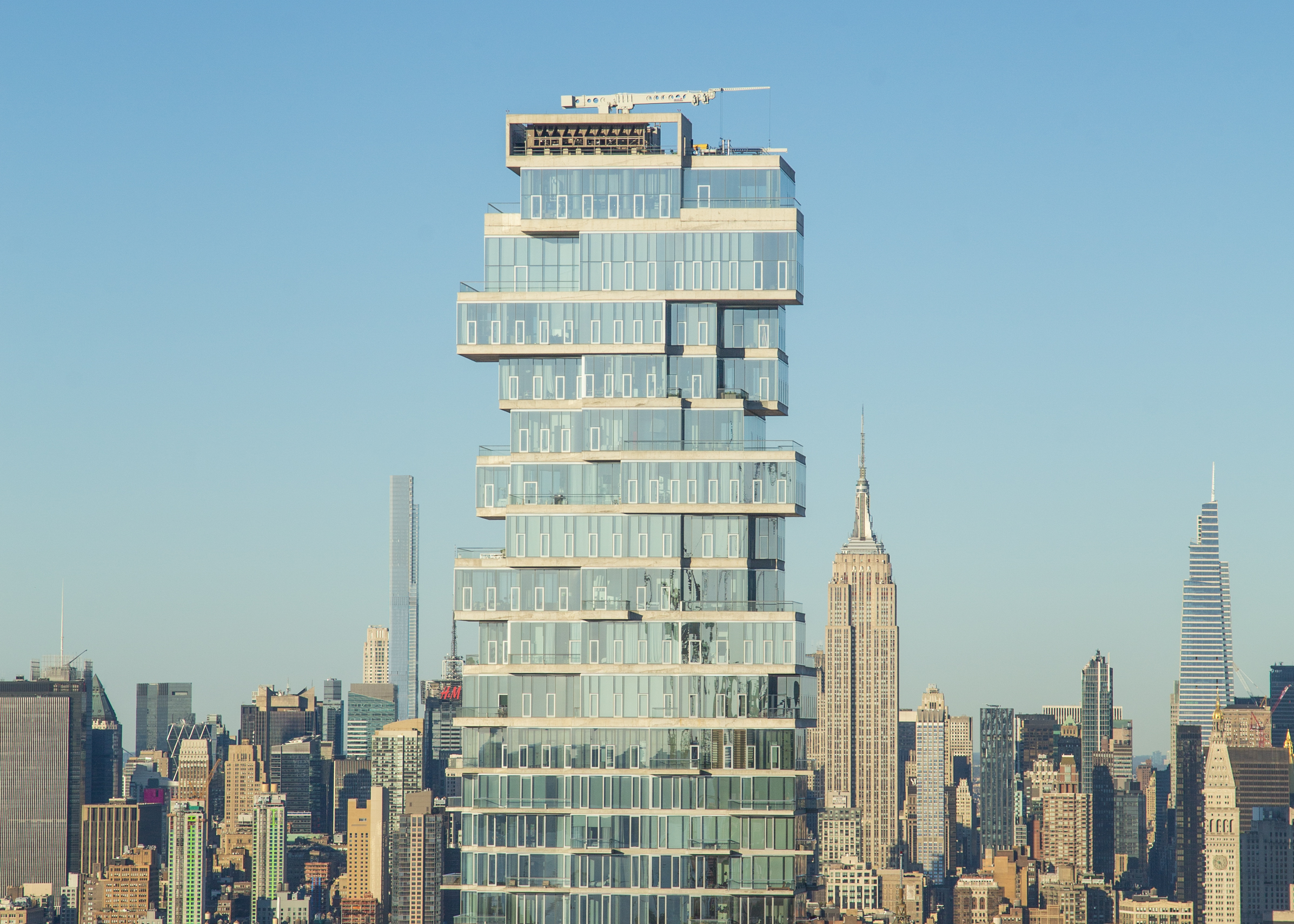At first glance, these two may appear similar, but they serve different purposes and require unique approaches. I believe that knowing the difference can serve as a valuable tool for real estate and architecture professionals alike. Therefore, I want to shed light on the key differences between real estate vs. architectural photography. I’ll also share some of my experiences, preferred equipment and shooting techniques.
What is real estate photography?
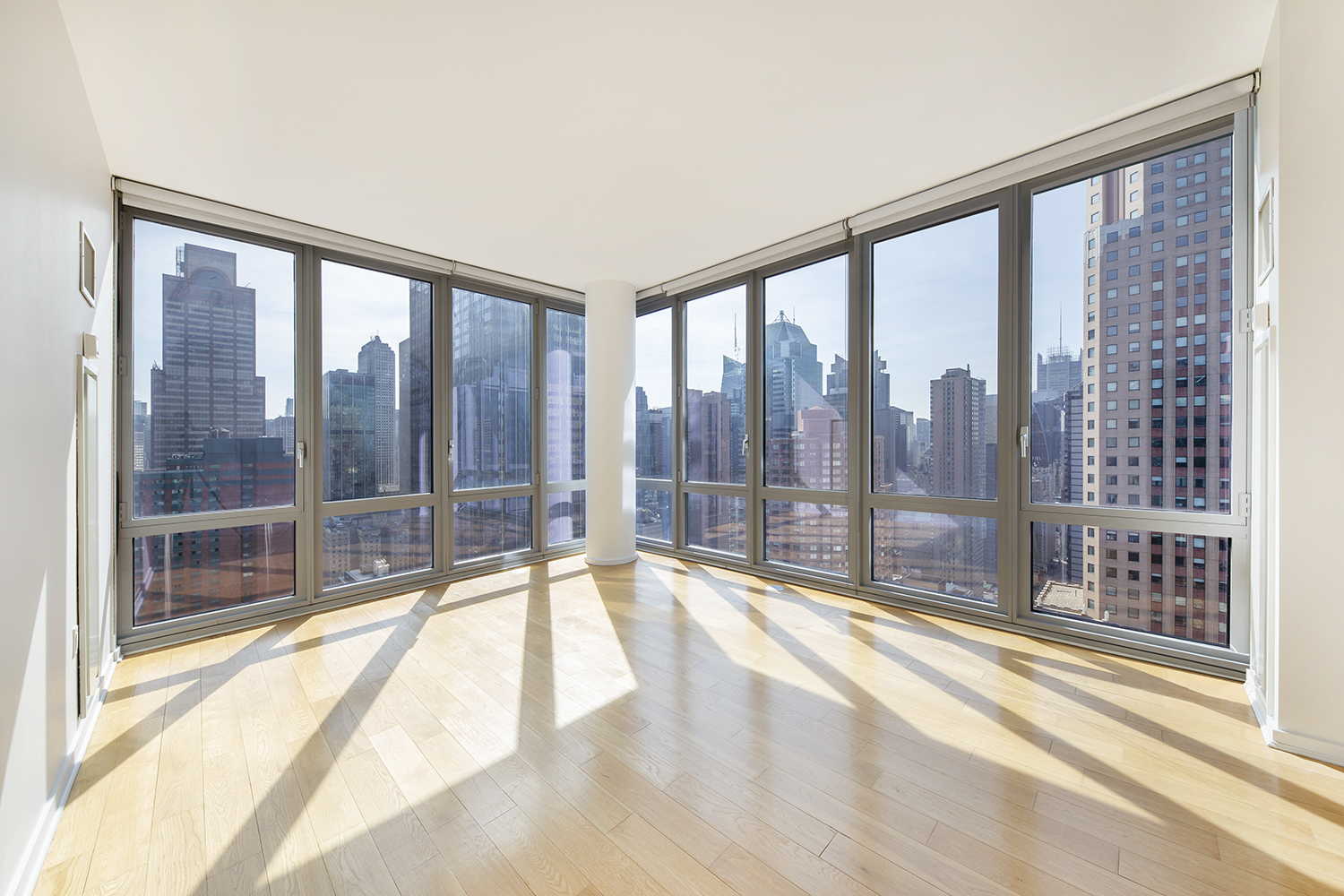
The art of visual storytelling
Real estate photography is a specialized field within photography that focuses on capturing properties in a way that makes them appealing to potential buyers or renters. The key purpose is to showcase the property’s best features, making it look inviting and desirable. It’s about creating a visual narrative that helps potential buyers imagine themselves living in that space.
Essential equipment
The importance of having the right equipment in real estate photography cannot be overstated. A wide-angle lens, for instance, is crucial for capturing spaciousness in rooms. Using a tripod should go without saying, but it is important as it ensures consistency. Personally, I encourage working with the natural light, but using a flash can help illuminate darker spaces. (More on this below)
Shooting techniques
Shooting techniques also play a significant role. From choosing the right angles to capturing the best natural light, these techniques can make a substantial difference in the final images. Let’s not forget about post-processing. Editing is a very important part of real estate photography, involving correction of any distortions, lighting enhancement, and making sure the photos are as appealing as possible.
Flash
- Control over lighting: Flash gives you complete control over the lighting in the scene. You can adjust the intensity, direction, and quality of light to highlight the best features of the apartment.
- Eliminates shadows: Flash can help eliminate harsh shadows that might otherwise obscure details or create unflattering contrasts in your images.
- Consistency: Regardless of the time of day or weather conditions, flash provides a consistent light source. This is particularly useful when shooting multiple rooms or apartments in a single session.
Natural light
- Natural look: Natural light can give your photos a warm, inviting look that’s hard to replicate with artificial light sources. It can make the apartment feel more ‘homely’ and appealing to potential buyers or renters.
- Shows realistic conditions: Using natural light can give potential buyers or renters a better idea of what the apartment will look like in everyday conditions.
- Authentic visualization: Natural light in real estate photography provides potential buyers or renters with an accurate representation of the apartment’s daily ambiance. This helps them visualize living in the space and make a more informed decision.
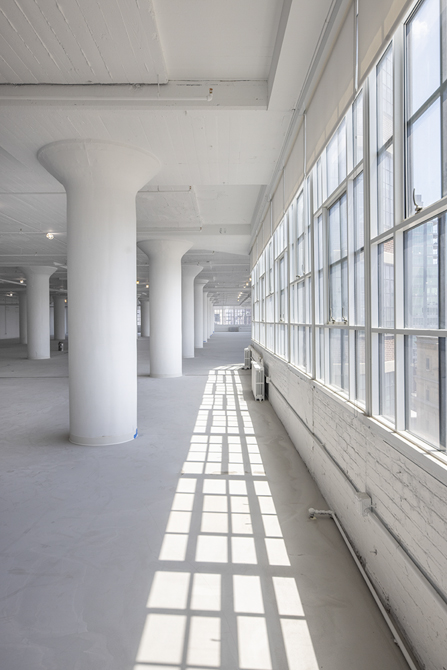
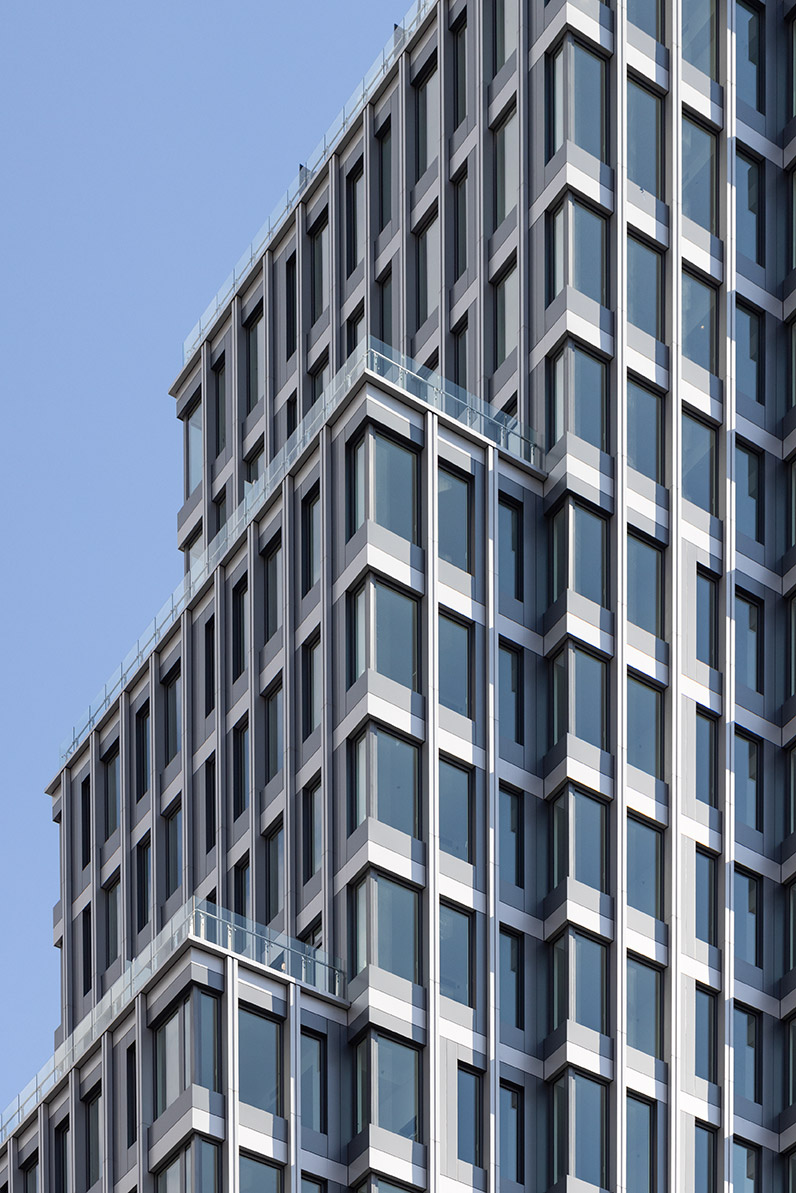
Beauty and design
Architectural photography, on the other hand, is about capturing the beauty and design aspects of buildings. It’s not about selling a property, but rather about showcasing the architectural and aesthetic appeal of a building. Architects, interior designers, and builders often use architectural photography to display their work.
The art and science of architectural photography
This field of photography is both an art and a science. On the artistic side, it’s about capturing a building in a way that evokes emotion, tells a story, or conveys a certain aesthetic. On the technical side, it involves understanding how light interacts with different materials, capturing the right angles and perspectives, and showcasing the building’s design in the best possible way.
Equipment and techniques
In architectural photography, the equipment and techniques used can vary significantly from those used in real estate photography. For instance, while a wide-angle lens is essential in real estate photography, architectural photographers might use a variety of lenses to capture different aspects of a building. Similarly, while real estate photographers often aim to make a space look as large and inviting as possible, architectural photographers might focus more on capturing a building’s unique design elements, even if that means highlighting smaller, more intimate spaces.
Personal experience
Real estate photography
In my career working in real estate, I’ve had the privilege of working at many historic Manhattan gems like the Woolworth Building and The Helmsley Building, as well as brand-new developments. The contrast is fascinating. With older buildings, there’s a sense of history and character that’s deeply ingrained in every brick and beam. These structures have unique architectural details that tell a story of a different era.
Photographing new developments brings a different kind of excitement, especially when we talk about real estate vs. architectural photography. These spaces, often blank canvases, are modern and sleek, designed with the latest trends in mind. The challenge in real estate photography is to capture the potential of these spaces, helping potential buyers envision how they could make it their own.
Architectural photography
My work in architectural photography often involves documentation, like the renovation of the Textile Building. It’s a very exciting experience to photograph an old building as it’s repurposed for modern use. One aspect I cherish the most is the opportunity to witness and capture a place in its original state even if some of the original design is kept alive.
In architectural photography, I find it exciting to capture the balance between old and new, preserving the historical charm of a building while showcasing its modern upgrades. It’s inspiring to see how these buildings, rich in history, are given a new lease on life while still retaining elements of their past, like antique elevators or vintage mail systems. Capturing this blend of preservation and innovation is something that I always look forward to on any project. It creates a unique narrative of continuity and change, highlighting the building’s lasting heritage as it adapts to the demands of the future.
Q&A – real estate vs. architectural photography
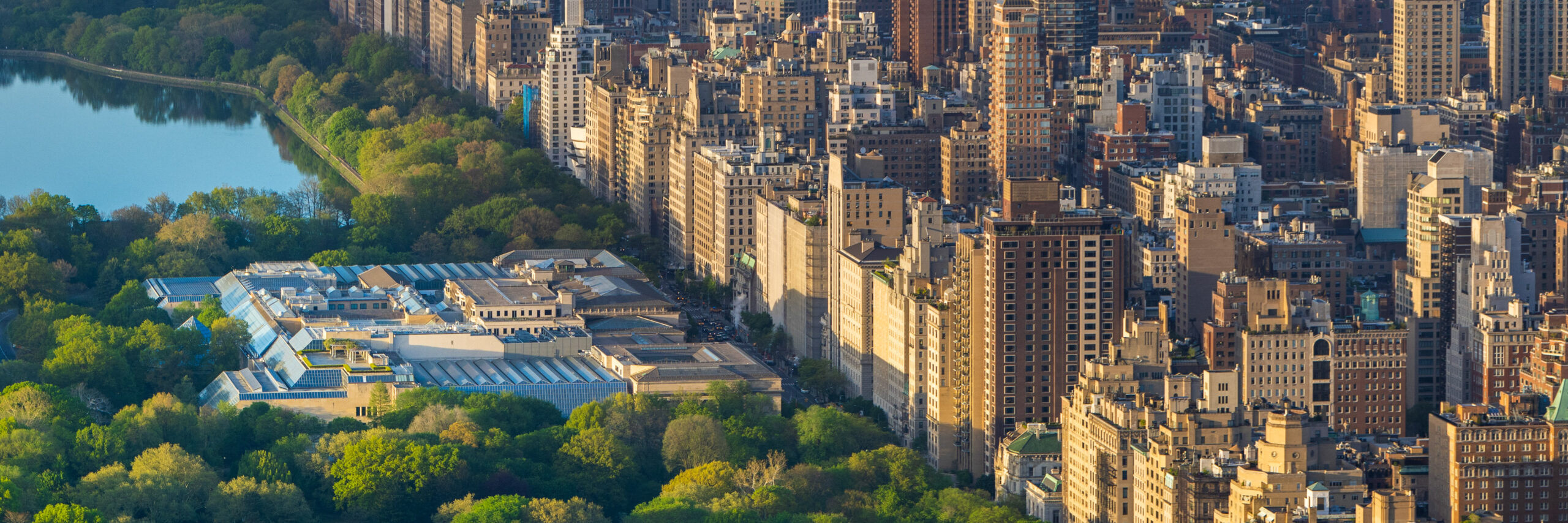
What’s the most challenging aspect of real estate photography, and how do you overcome it?
The most challenging aspect is often making smaller spaces appear larger and more inviting. I overcome this by using a wide-angle lens and shooting from corners to maximize the sense of the space. Whenever I encounter a relatively large space, my architectural instincts sometimes draw me towards a more symmetrical straight-on angle. I refer to this type of image as a ‘statement-shot’ – a powerful tool in attracting listing viewers and an effective strategy from a marketing perspective.
How do you decide which features to highlight in a property when doing real estate photography?
I usually focus on the unique selling points of the property. This could be a spacious kitchen, a beautiful view, or a unique architectural feature. I also ensure to capture the overall layout to give potential buyers/renters a sense of the space.
What’s the most rewarding part for you in the field of real estate vs. architectural photography?
The most rewarding aspect in real estate vs. architectural photography is capturing the unique narratives each field offers. In real estate, it’s about helping potential buyers envision a space as their own, while in architectural photography, it’s the thrill of showcasing a building’s design and aesthetic appeal.
How do you handle lighting in architectural photography, especially for buildings with mixed lighting or lots of reflective surfaces?
Lighting can be a challenge in architectural photography. I often use bracketing and then blend the images in post-processing to handle mixed lighting. For reflective surfaces, I carefully consider the angle of my shot to minimize unwanted reflections.



